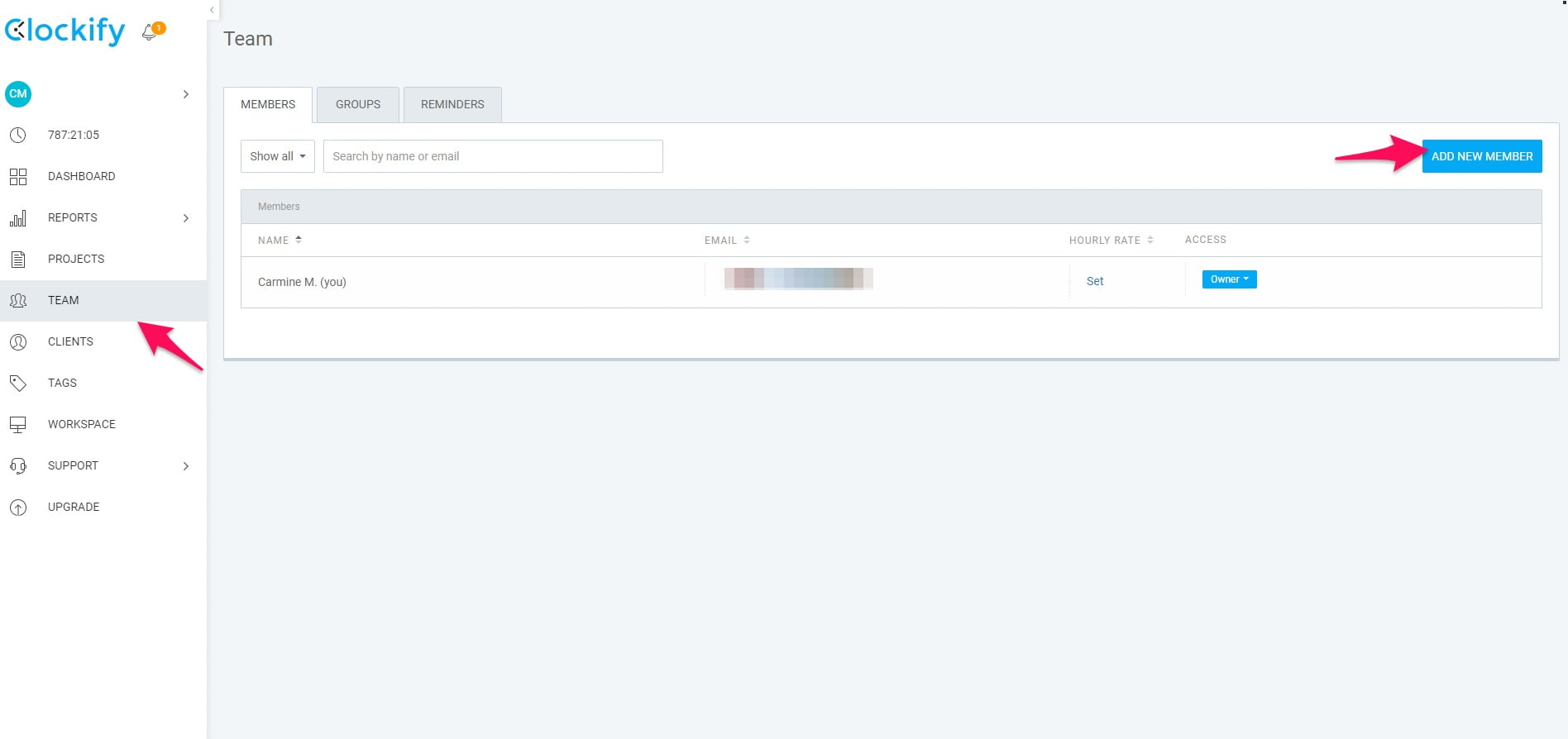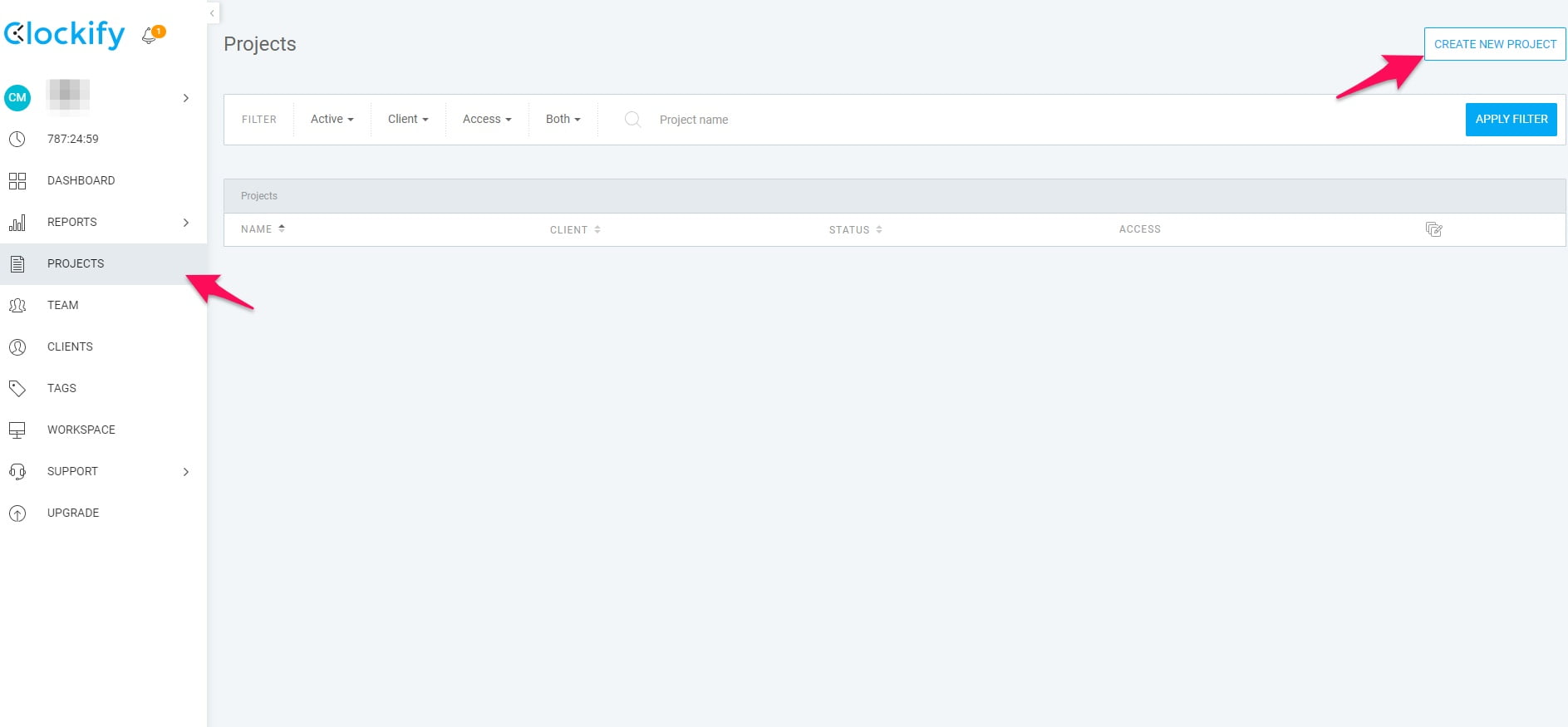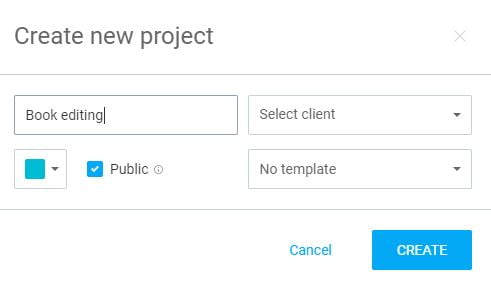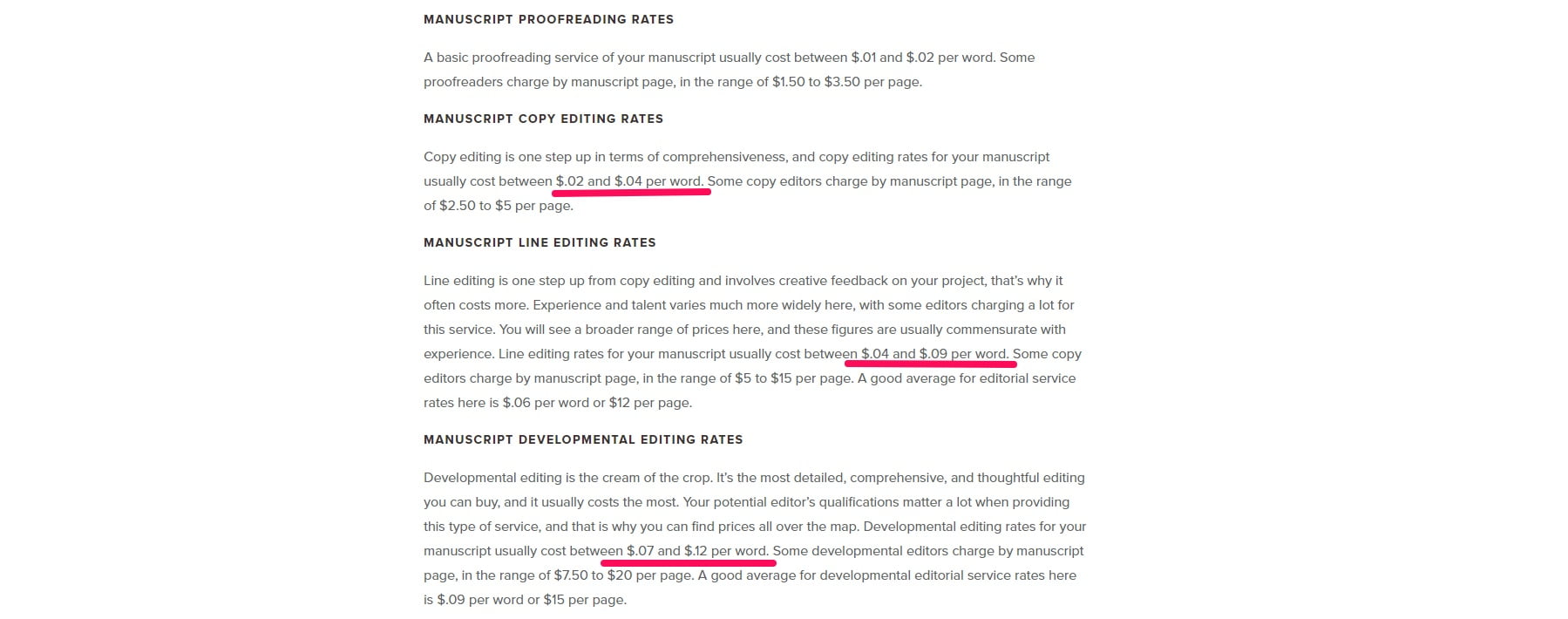Writing and editing are two completely different processes.
Unfortunately, they often get squished together like peanut butter and jelly.
The two practices and strategies blend into one another, muddying up the end content.
Not good.
While it can be tempting to save time and edit on the fly, the result is lackluster content.
That’s because a writer and an editor are two completely different beasts.
It’s also why it’s an incredible investment to hire a copyeditor.
They will take your content, spice it up, and fix any errors that slipped through the cracks.
But, how much should you pay for a copyeditor? What are their typical costs?
Keep reading to find out!
Copyediting freelance rates
These are a few of the main copyediting cost estimates you can expect to pay a freelancer.
On the flip side, if you’re a freelancer yourself, you can use these as benchmarks for what to charge clients.
Copyediting per hour rate
The most common way to structure copyediting costs is through an hourly rate.
This–as you could guess–is where you are billed based on the number of hours a copyeditor works.
According to the Editorial Freelancers Association, copyeditors typically charge the following hourly rates:

You can expect to pay anywhere from $30-60/hour based on this data.
Hourly projects are ideal when there isn’t a clearly defined scope of work, and the editor may have to be flexible.
You should also expect to pay more depending on how complex the editing is. Simple grammar, spelling, and punctuation editing will be much cheaper than deep structural changes, for example.
I also highly recommend that you both use an hourly tracking tool to ensure accurate billing hours. This ensures that you get charged the correct amount, and they stay accountable for how much they work.
One such tool is Clockify. Sign up for a trial here to begin.
Navigate to the “Team” tab once you’re logged in, and click the “Add New Member” button on the right.

Add the editor’s email, and they will be invited to Clockify. You can also set their hourly rate from the “Hourly Rate” column.
They can then create new projects from the “Projects” tab.

Set the project to “Public” so editors can view and work on it, as well.

Once you’ve done this, you will be able to conveniently track how many users an editor works to pay them appropriately.
In the case that you know exactly how many pages or words need to be edited, you can also consider the next copyeditor fee structure.
You can learn more about setting rates and growing a freelance business in my writing bootcamp, as well.
Copyediting per word rate
Some editors charge based on how many words they edit.
For instance, if a copyeditor charges $.25/word and edits 1,000 words, that’d be billed at $250.
This style of billing makes projects and budgets predictable versus hourly, where the freelancer may end up billing more or less than expected.
You can expect to pay anywhere from $0.25-1.00/word for experienced and skilled copyeditors.
Mary Kole, an expert manuscript and novel editor covered typical per-word rates in one of her previous blog posts, as seen here:

Editing rates specifically for manuscripts are commonly between $0.02-$0.12/word based on her experience.
Keep in mind that these numbers can change based on the type of content, as well. I.e, blog posts, books, whitepapers, etc.
Copyediting per project rate
Certain copyeditors will charge flat fees for projects in some cases.
This amount is normally determined by the word count and style of editing offered. Some example costs include:
- 1,000 words for basic editing: $50
- 1,000 words for moderate editing: $75
- 1,000 words for heavy editing: $100
- Etc.
Similar to the per-word structure, flat rates are much more predictable if they’re available.
The editing company Edit911 illustrates this well on their website. Quotes are based on the chosen editing level and amount of words.

What affects copyediting pricing
Whether you’re interested in setting your own freelance copyediting rates or determining how much you should pay for editing, consider these things that affect typical rates.
The copyeditor’s experience and portfolio
Compare the two following imaginary freelancers:
- Bob J. recently started freelance editing and has a small portfolio with 6+ months of experience.
- Sarah R. has been editing for 5+ years, working with major publications and large businesses.
Who do you think would do a better job? Sarah, of course!
However, she’s going to charge a pretty penny. Her portfolio and expertise make her value shoot up like a rocket.
That’s why you need to be aware that a freelancer’s portfolio will directly affect how much they charge.
It makes sense, right?
They have the know-how, and large brands trusted them previously, so they’re worth their weight.
Don’t be afraid to invest in writers and editors because their ROI can be significant.
How much work is required?
One of the biggest influences on an editing project’s cost is the scope of work.
This includes how many pages need to be edited, the deadline, research time, and other similar factors.
As you can suspect–the larger the project–the more moola you’ll have to spend.
What type of editing is being done?
Not all editing is the same. In fact, there are several different types you’ll be learning about in a moment.
It’s wise to know the difference for two reasons.
One, you understand the value of each type of editing, so you are able to charge or pay the correct amount. This prevents you from undercharging or overpaying depending on which side of the coin you’re on.
Secondly, knowing the various types of editing ensures you know what a proper job looks like.
For instance, let’s say a freelancer performs structural editing for you, and that’s all.
What about line editing? Or stylistic adding? Were those included?
Don’t worry if these terms sound like Japanese; more on that next.
Types of copyediting
These are the main forms of editing that you need to be aware of, continuing off of my last point.
Stylistic editing
Copy and content need to look sexy. While it can’t put on clothes, a word can wear tone, meaning, and placement in a similar fashion.
A good stylistic editor knows how to make writing more legible and easy on the eyes. This makes it less intimidating to readers and more likely to be consumed from start to finish.
They will focus on eliminating technical jargon, simplifying points, rearranging ideas, and improving the tone of voice.
Invest in stylistic editing if you want your material to jump off the shelf.
Structural editing
Imagine a book, blog post, or other material like a house.
It has a foundation, roof, and many different rooms that all work together to achieve one goal.
That’s also where structural editing comes into the picture.
It is the process of auditing the entire structure of a piece of material from top to bottom.
A structural editor (sometimes called a substantive editor) will look at things like:
- If all the points/chapters make sense and are ordered correctly.
- The language and voice are suitable for the reader and remain consistent.
- Presentation and style of the material match.
This brings me to the other form of editing you need to know about…
Copyediting
A seasoned copyeditor has hawk eyes for grammar, punctuation, usage, and fundamental writing mechanics.
They will be able to spot errors and improvements that even the most talented copywriters will miss.
Because, after all, the devil is in the details.
Copyeditors also fact-check and check for consistency throughout the entire manuscript.
Final thoughts on copyediting fees
Don’t make the mistake of thinking you can edit everything yourself.
A talented editor will make your content or copy much better while saving you hours of stress.
They have a keen eye for grammar, syntax, structure, and other details that are extremely easy to miss for the average person.
You can expect to pay a copyeditor based on an hourly, per-word, or per-project basis.
As always, be cautious of anyone charging very low fees. They’re low for a reason.
And that reason is simply they provide poor quality work.
Anyone worth their weight in the writing industry is going to charge a premium because they produce incredible results.
All I’m saying is don’t be afraid to invest in a good editor because it’s a high ROI investment.
Enroll in my copywriting academy and learn how to create an online writing business.














